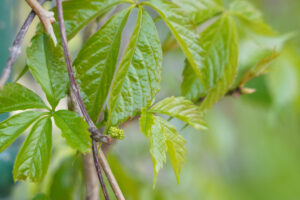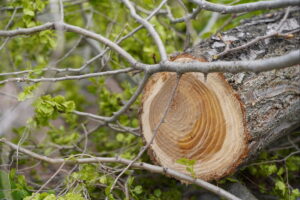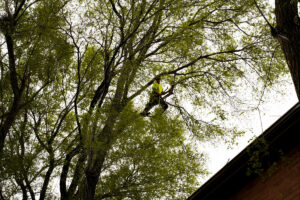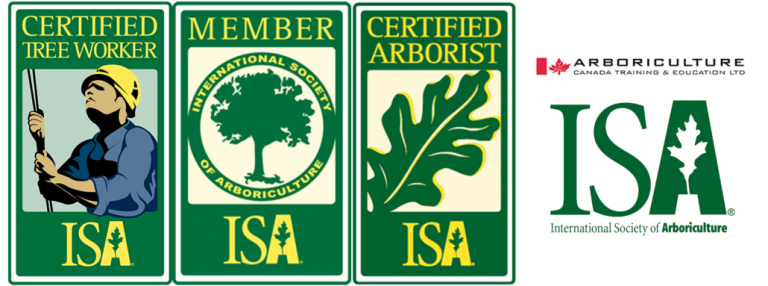York Region Arborist Offers Four Suggestions on Preventing Woodpecker Tree Damage
Woodpeckers peck on trees to either feed on insects within, claim territory, or to excavate a hole for nesting. The damage created, especially when nesting is not only unsightly but provides avenues for pathogens to infect the tree. Here are four suggestions for preventing woodpecker damage to your tree without harming the animal:
- Use visual deterrents. Attach shiny, light objects that flutter in the wind to the pecked area of the tree. These can be aluminum foil strips, aluminum pie plates, mylar, and other similar items. A helium balloon tethered to the tree so that the wind blows it about the pecking area will scare the bird away. Your hardware store may sell kits containing visual deterrents.
- Use bird netting. If the tree isn\’t very large, cover it with bird netting. This completely blocks the birds from getting to the tree. To prevent them from entangling their feet in the netting, the openings should be no larger than 1/4 inch (0.64 centimeters) on a side.
- Use a sound deterrent. Use a sound device that periodically plays a recording of distressed woodpeckers and woodpecker predator cries. This will scare them from the area. Sound devices are more expensive but will consistently scare the bird away. Wind chimes are also effective as both sound and visual deterrents.
- Use a nest box. This provides a ready-made home for the woodpecker that\’s digging a hole for nesting, which causes the greatest damage of the three reasons for pecking. It\’s an inexpensive solution that gives the bird what it wants and saves your tree. If the bird is after insects inside the tree, then it has done the service of alerting you to a serious problem, which you will have to resolve while using one of the above suggestions to keep the bird away.
If you are having problems with tree damage, consult with a York Region arborist, you can follow along on Facebook and Instagram, or you can contact us here if you have any questions.





